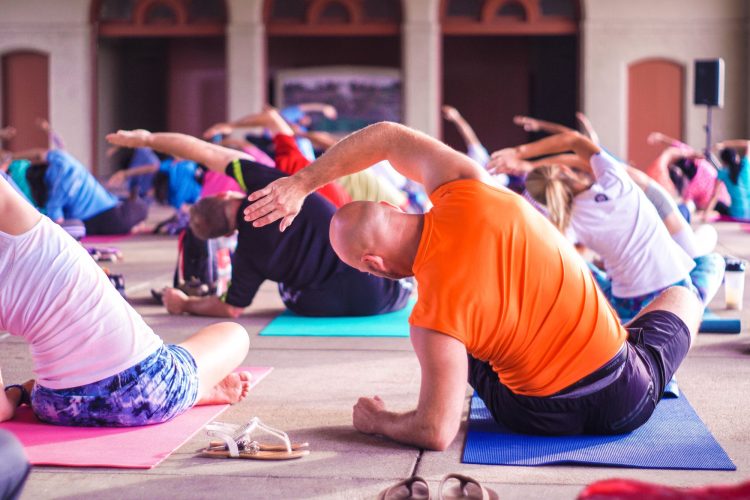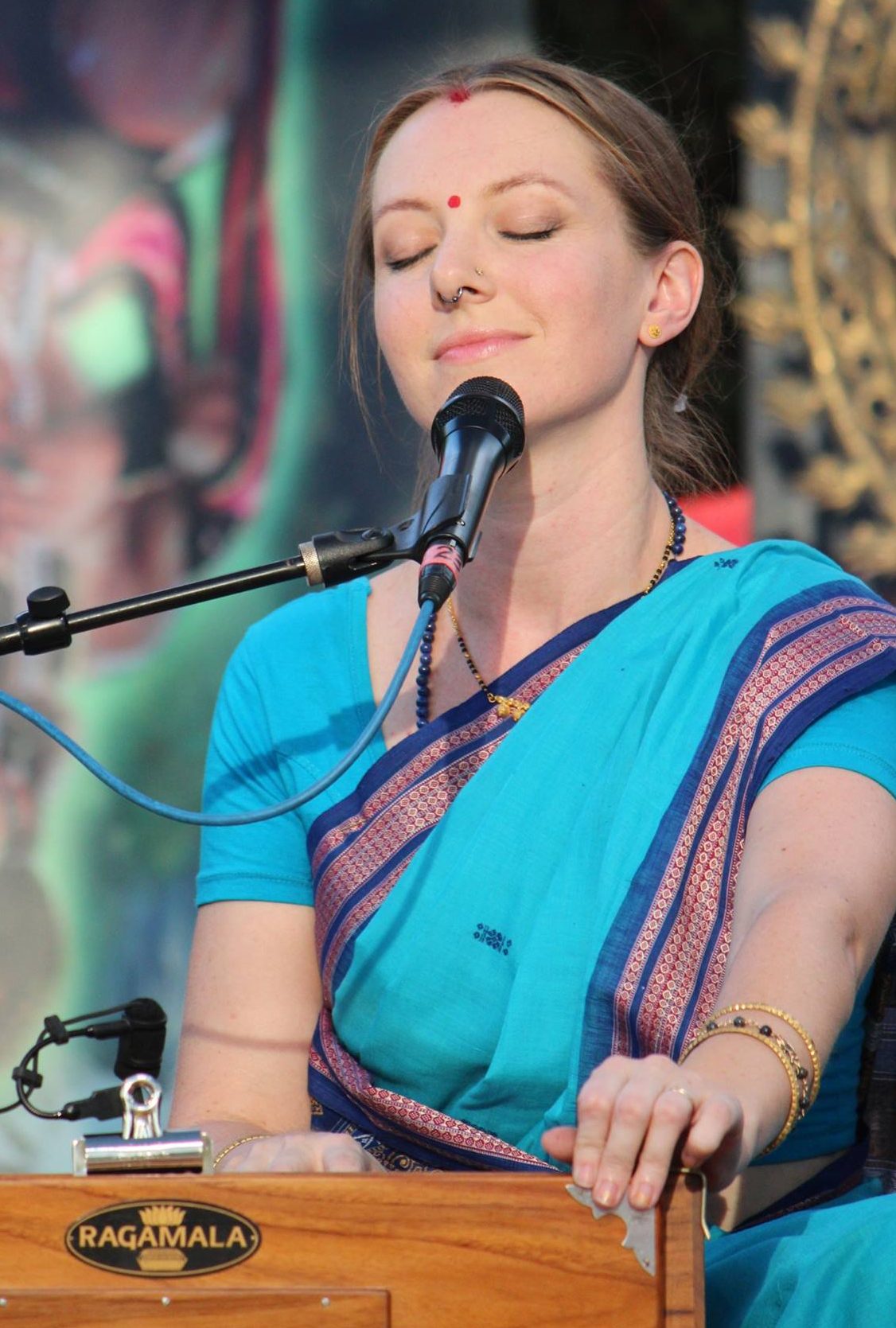When we hear the word “work,” rarely do we get excited because many of us have a negative relationship with it. Or, at least, I had this relationship for a very long time. In the first ten years of my career, my effort generated money for people who didn’t value me. I was just a tool for their goal. More importantly, that work wasn’t in line with my passion, nor did it expand my growth – and, so, I despised it.
But, not all work is created equal. Humans are attracted to work that matters. In the past, work was a matter of life and death, hunting and gathering, working to survive. Today, meaningful work might be something that increases your health or serves others. You might be seeking, or drawn to work that feels fulfilling and is in line with your purpose. Our brain naturally manages its many needs by rewarding (through the release of dopamine), which motivates us to seek the attainment of these values.
A yoga class is a great place to learn to love work. From a physical perspective, adding a load or tension to tissues in an adequate way can lead to beneficial changes in the body. From a mental perspective, we develop more compassion for ourselves and others by learning to hold difficult poses, or be with challenging moments. But, this beneficial work is not a guarantee. When I began teaching, I quickly gained a fear of challenging my students; I projected the idea that if we didn’t do what they wanted to do, they would stop coming and opt for more relaxed classes. I didn’t yet understand the value that work brings to a yoga practice. Maty Ezraty identified this problem, noting that many instructors succumb to the practitioner’s desire to “eat candy” on the mat. In essence, she highlighted that yoga teachers should not feed a diet of all sweets but should also feed their students vegetables. As a child, my parents always made me eat my vegetables before I was offered sweets. Not only did they taste better, but I learned healthier habits and grew stronger.
If we are using the body as a gateway to a yoga practice, it makes sense to optimize the body while practicing. We do this by taking our joints to end ranges of motion. Muscles don’t function well at their end ranges, so it takes more effort to get there. Working your edge creates new neural pathways to the brain and increases your body awareness, oxygen and nutrients to joints, and reaction time. Additionally, working your edge actually decreases your likelihood of injury because your tissues are more resilient to external load. On the other hand, candy comes in many forms and flavors. Some students come to class wanting to do a handstand, skipping warming up and the work required to strengthen the body beforehand; they might even jump into it while the rest of the class is elsewhere. Other forms of candy might be easy, “fun” poses that avoid focusing on what the rest of the class is working on. These can be postures that feed the ego or the neurosis of wanting to get to the next thing.
Many students perceive working at your edge to mean working as hard as you can. Injury happens when a force exceeds the body’s capacity to manage it. Physical asana practice should challenge us so that we can at least maintain (if not, improve) the functionality of our body. Teachers need to be very conscious of how to approach challenging students while preventing injury, but it is possible. A healthy sequence can include both vegetables and candy. The next time you’re on the mat, pay attention to where you’re skipping over your vegetables for an early dessert, and notice if you can reach for a more well-balanced practice.














